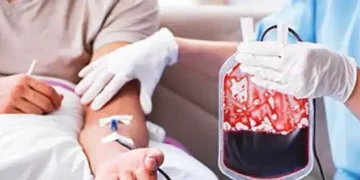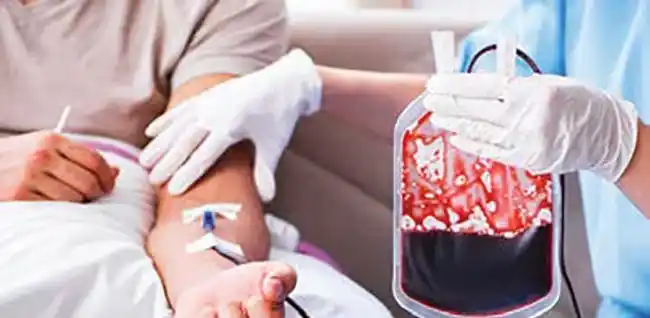Blitz Bureau
The first therapy that uses geneediting is to be offered on the NHS in a “revolutionary breakthrough” for patients. It will be used as a potential cure for the blood disorder beta thalassaemia, according to a BBC report.
Stem cells which make blood will be extracted, reprogrammed to correct the condition and returned to the patient’s body. It could spare them needing a blood transfusion, every three to five weeks, for life.
Haemoglobin shortage
People with beta thalassaemia struggle to produce enough haemoglobin, which is the protein in red blood cells that carries oxygen around the body. It is a genetic disease that is passed down through families and caused by defects in the body’s instructions for manufacturing haemoglobin.
It can leave people severely tired, weak, and short of breath and also cuts life expectancy.
Kirthana Balachandran, 21, was diagnosed when she was only three months old and gets muscle pain and back pain and can have palpitations when walking uphill. “The idea of depending on transfusions for quite literally the rest of my life is daunting,” she says.
How it works
Gene-editing relies on a tool called Crispr, which won the Nobel Prize for Chemistry in 2020.
One might think this technology is being used to repair the genetic defect, but it is actually it relies on the fact the body makes different types of haemoglobin before and after birth. When the baby is in the womb, its body use “foetal haemoglobin” to pull oxygen out of the mother’s bloodstream. Once it is born, a genetic switch is flipped and the stage of making “adult haemoglobin” starts. Crucially, it is only the adult form of haemoglobin that is affected by beta thalassaemia. So the therapy disables the switch – named BCL11A – so the adult body starts making foetal haemoglobin once again.
Genetic switch
In order to do this, the stem cells that manufacture red blood cells in the spongy bone marrow are harvested. These cells are sent to the lab where the genetic switch is targeted. It takes a course of chemotherapy to kill off the old stem cells that were producing broken haemoglobin, before the new ones can be put in.
















